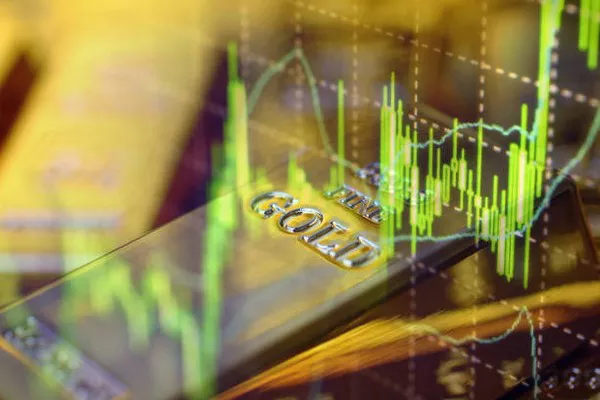Gold, an ageless symbol of wealth and prosperity, has captivated the human imagination for centuries. Its enduring allure stems from its rarity, intrinsic beauty, and historical significance. Among the various factors that contribute to its fascination, the price of gold holds a central position. Investors, economists, and enthusiasts alike closely monitor the dynamic fluctuations in the price of an ounce of gold as it reflects economic conditions, market sentiment, and geopolitical events. In this article, we will delve into the multifaceted aspects that determine the price of gold, examining the historical context, market forces, and the contemporary significance of this precious metal.
Historical Context:
To comprehend the current price of gold, one must first examine its historical context. Gold has served as a form of currency and a store of value for millennia. From ancient civilizations to the modern era, gold has played a crucial role in shaping economic systems and trade relations. Its limited supply and enduring luster have given it a timeless appeal that transcends cultural and temporal boundaries.
Gold Standard Era:
The 19th and early 20th centuries saw the establishment of the gold standard, a monetary system where the value of a country’s currency was directly linked to a specific quantity of gold. This period marked a significant influence on the price of gold, as nations amassed gold reserves to support their currency. However, the gold standard era came to an end in the 20th century, leading to a more flexible exchange system and greater volatility in gold prices.
Market Forces Influencing Gold Prices:
1. Supply and Demand:
The fundamental economic principles of supply and demand play a pivotal role in determining the price of gold. Gold mining, exploration, and extraction contribute to the overall supply, while consumer demand, industrial applications, and investment preferences impact the demand side. Fluctuations in either supply or demand can lead to significant price movements.
2. Central Bank Reserves:
Central banks, as custodians of a nation’s monetary policy, hold substantial gold reserves. Changes in these reserves can influence the global gold market. Central banks may buy or sell gold based on economic conditions, currency stability, or geopolitical factors, thereby affecting the overall supply and demand dynamics.
3. Inflation and Deflation:
Gold has often been considered a hedge against inflation. When inflation rises, the purchasing power of currencies tends to decline, making gold a preferred asset to preserve wealth. Conversely, during periods of deflation, where prices decrease, gold may not offer the same level of appeal.
4. Geopolitical Events:
The geopolitical landscape has a profound impact on gold prices. Uncertainty, political instability, and global conflicts can drive investors towards safe-haven assets like gold. Geopolitical events such as trade tensions, sanctions, or geopolitical crises can trigger sudden spikes in demand for gold.
5. Interest Rates:
Gold competes with interest-bearing assets, particularly bonds. When interest rates are low, the opportunity cost of holding gold diminishes, making it more attractive to investors. Conversely, when interest rates rise, the yield on interest-bearing assets may outpace the potential return from holding gold.
Contemporary Significance:
In the contemporary financial landscape, the price of an ounce of gold remains subject to a complex interplay of global economic factors. In recent years, gold has witnessed heightened volatility, driven by the unprecedented events such as the COVID-19 pandemic and economic recovery efforts. The pandemic-induced economic uncertainties led to a surge in demand for gold as a safe-haven asset, pushing prices to record highs.
Furthermore, the rise of financial instruments like gold exchange-traded funds (ETFs) has added a new layer of complexity to the gold market. These investment vehicles allow investors to gain exposure to gold prices without physically owning the metal. The popularity of gold ETFs has implications for the overall demand for physical gold and can influence prices.
The Role of Technological Advances:
Advancements in technology have also impacted the gold market. With the advent of online trading platforms and real-time market information, investors can react swiftly to changing market conditions. Algorithmic trading and high-frequency trading have become prevalent, contributing to short-term price fluctuations. While these technological advancements enhance market efficiency, they also introduce an element of unpredictability.
See Also: How High Will Gold Go?An In-Depth Analysis
Conclusion:
In conclusion, the price of an ounce of gold is a reflection of a multitude of factors, both historical and contemporary. From its ancient role as a store of value to its present-day significance as a global economic indicator, gold’s journey has been marked by complexity and dynamism. Investors and enthusiasts alike continue to monitor gold prices with keen interest, recognizing the intricate interplay of market forces, economic conditions, and geopolitical events that shape this precious metal’s value. As we navigate the evolving landscape of the global economy, the price of gold will undoubtedly remain a barometer of financial sentiment and a symbol of enduring value.


